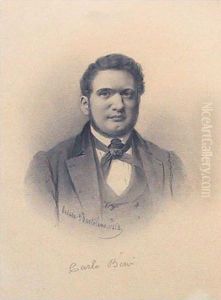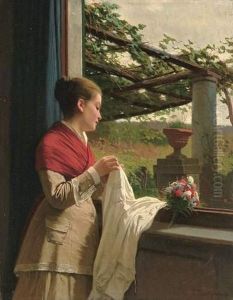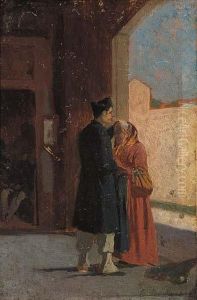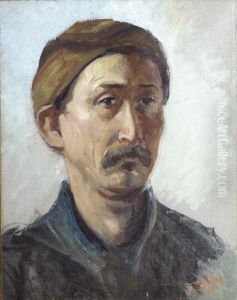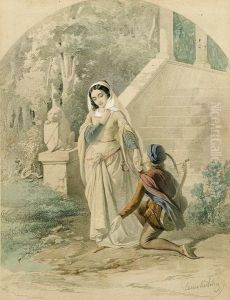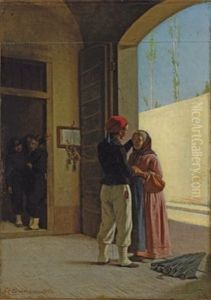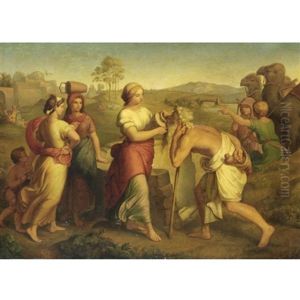Cesare Bartolena Paintings
Cesare Bartolena was an Italian painter, born in Livorno, Italy, in 1830. He developed his artistic skills at a young age and pursued his passion for art throughout his life. Bartolena studied at the Academy of Fine Arts in Florence, where he was influenced by the Macchiaioli movement, which was the Italian equivalent of the French Impressionists, although with distinct characteristics focusing on the play of light and shadow.
His works were notable for their realistic portrayal of daily life and the working class, as well as historical and religious themes. Bartolena's approach to painting was characterized by a sensitivity to color and a dedication to capturing the essence of his subjects. He often depicted scenes from the Tuscan countryside, showing peasants and rural landscapes, and was also known for his portraits.
Bartolena participated in various exhibitions, gaining recognition in his homeland and abroad. His paintings were exhibited in major art cities of Italy, including Florence, Turin, and Milan, and he received accolades for his contributions to Italian art. Despite this, Cesare Bartolena never gained the same level of international fame as some of his contemporaries.
Throughout his career, Bartolena also dedicated himself to teaching. He was a respected instructor at the Academy of Fine Arts in Florence, where he influenced a new generation of Italian artists. His legacy is preserved through his artworks, which continue to be appreciated for their historical and artistic value.
Cesare Bartolena passed away in Livorno in 1903. Although not as widely known as some of his peers, his work remains an important part of 19th-century Italian art history and offers insight into the culture and society of his time.

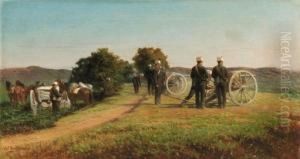
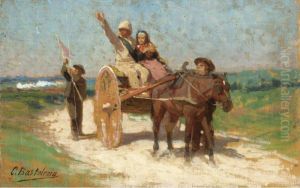
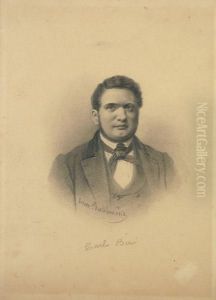
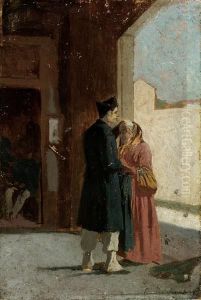
![Le Retour Du Soldat [ ; The Return Of The Soldier ; Oil On Three Pieces Of Panel ; Signed And Dated Lower Left Ce Bartolena 1874]](https://www.niceartgallery.com/imgs/390892/s/cesare-bartolena-le-retour-du-soldat-the-return-of-the-soldier-oil-on-three-pieces-of-panel-signed-and-dated-lower-left-ce-bartolena-1874-d2ab0dee.jpg)
